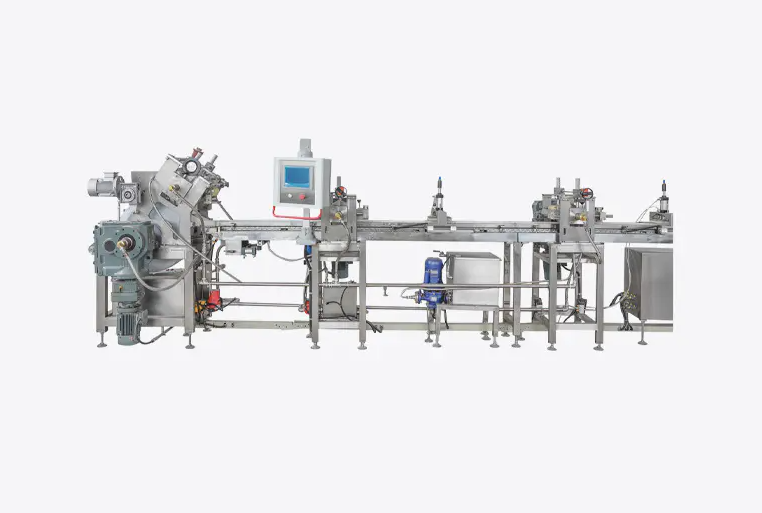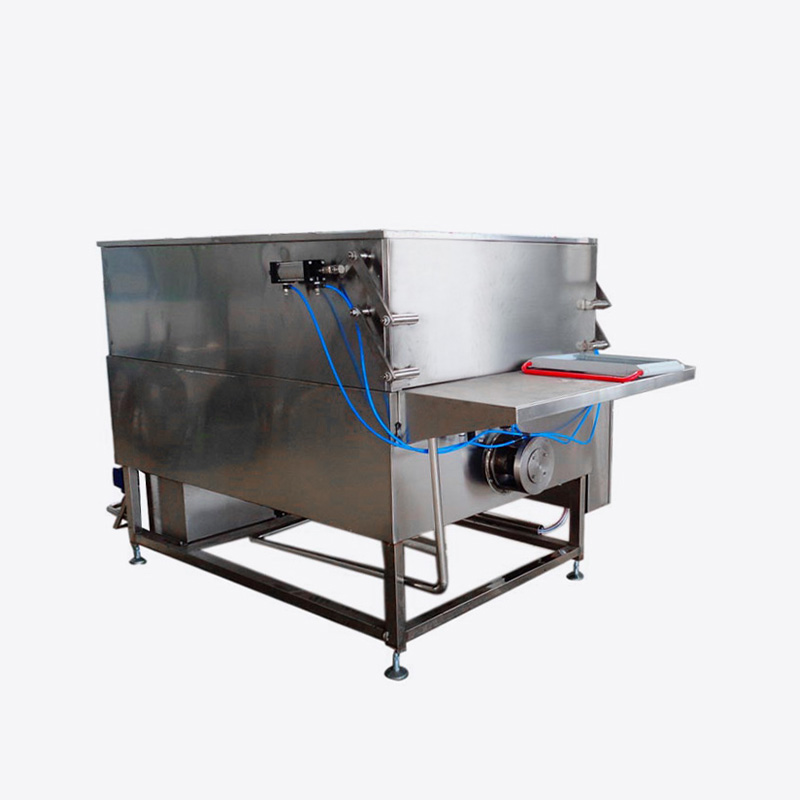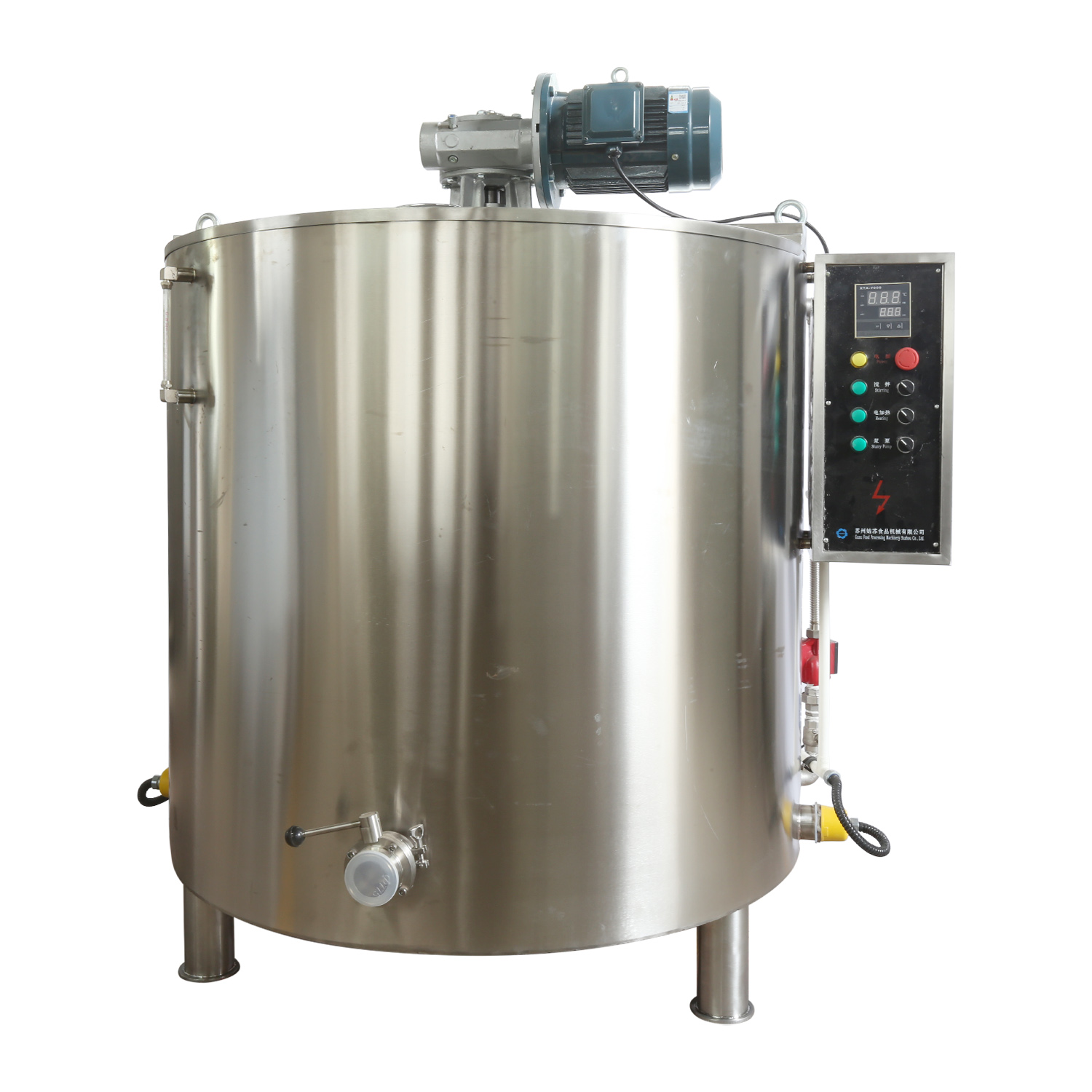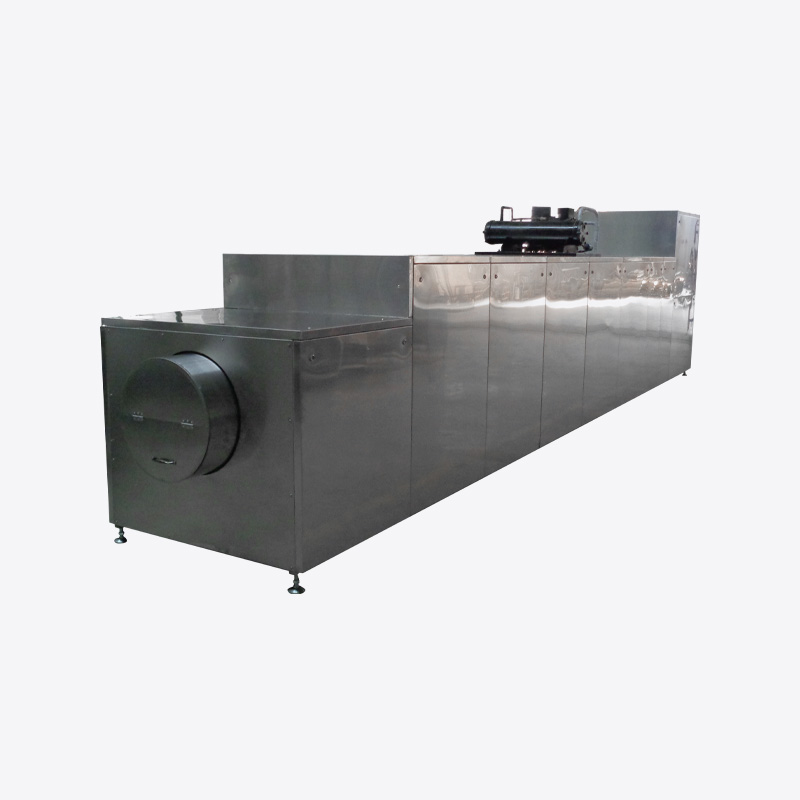Energy bars have become a staple in the diets of athletes, gym-goers, busy professionals, hikers, and even students. Marketed as convenient sources of energy, nutrition, and focus, energy bars are found in grocery stores, gas stations, and gym vending machines worldwide. But with so many brands and formulas out there, many people ask: Does the energy bar line really work?
The short answer is: Yes, energy bars can work—if used correctly, for the right purpose, and chosen wisely. However, not all energy bars are equal, and some are more effective than others depending on your body's needs and timing of consumption.
What Is an Energy Bar?
An energy bar is a compact, ready-to-eat snack typically made from a blend of carbohydrates, proteins, fats, fiber, vitamins, and minerals. The goal is to provide a quick source of energy for physical or mental activity.
Energy bars are different from protein bars (which focus on muscle repair and growth) and meal replacement bars (which are higher in calories and nutrients to substitute for full meals). Energy bars are specifically designed to give you quick fuel, especially for exercise, sports, or prolonged focus.
How Do Energy Bars Work?
Energy bars provide fast-digesting carbohydrates that the body breaks down into glucose, which is then used as fuel. The carbs help:
Restore glycogen levels in muscles
Improve stamina during long workouts or physical activity
Prevent fatigue and low blood sugar levels
Boost mental alertness when you're tired or unfocused
Some energy bars also contain moderate protein and healthy fats to keep energy levels stable and delay hunger, especially for long-distance athletes like runners or cyclists.
Key Ingredients That Make an Energy Bar Effective
Not all bars are created equal. The effectiveness of an energy bar depends on its ingredients. Here’s what a good energy bar should contain:
1. Carbohydrates (20–40 grams per bar):
Main fuel source
Should include natural sources like oats, brown rice syrup, honey, or dates
2. Simple Sugars + Complex Carbs:
Simple sugars provide quick energy
Complex carbs release energy more slowly for sustained performance
3. Moderate Protein (4–10 grams):
Helps reduce post-exercise muscle breakdown
Avoid high-protein if you only need quick energy
4. Healthy Fats (from nuts, seeds, coconut):
Offer longer-lasting satiety and energy
Essential for endurance athletes
5. Electrolytes (optional):
Important for hydration during intense workouts
Sodium, potassium, and magnesium are common
6. Minimal artificial ingredients:
The cleaner the label, the better for your body's digestion and performance
When Do Energy Bars Work Best?
Energy bars work best when used strategically, not as everyday snacks or meal replacements. Here are the optimal times:
30–60 minutes before exercise:
To top off your energy stores and avoid early fatigue
During long workouts (over 1 hour):
To replenish glucose and avoid energy crashes
Immediately after a workout (optional):
Some bars offer quick carbs and protein for recovery
During busy work or study sessions:
When you need quick mental clarity and focus
On the go (hiking, cycling, travel):
When access to full meals is limited
Do Energy Bars Help with Weight Loss?
While energy bars can help manage hunger and reduce unhealthy snacking, most are not ideal for weight loss. Many bars are calorie-dense and contain added sugars to boost energy, not burn fat.
If your goal is weight loss, it's better to:
Look for low-sugar, high-fiber options
Use them as occasional snacks, not daily habits
Combine them with proper exercise and balanced meals
Potential Downsides of Energy Bars
Despite their convenience, some energy bars have drawbacks:
1. High Sugar Content:
Many commercial bars are loaded with sugar, making them more like candy bars in disguise.
2. Artificial Additives:
Some cheaper brands use preservatives, artificial flavors, and hydrogenated oils.
3. Overuse:
Relying too heavily on bars can lead to a lack of real food diversity and excess calorie intake.
4. Digestive Issues:
High-fiber or protein-rich bars may cause bloating if eaten too quickly or without water.
Do Energy Bars Actually Improve Performance?
Yes, when used properly. Studies show that energy bars can:
Improve endurance in athletes by delaying glycogen depletion
Support mental focus when blood sugar is low
Enhance recovery when consumed with protein after training
However, they are not magic. Energy bars won’t compensate for poor training, lack of sleep, or a generally unhealthy diet. They're a tool—not a replacement.
Choosing the Right Energy Bar
To get the best results, look for energy bars that:
Have 20–30 grams of carbs
Use natural ingredients
Are low in added sugars (under 10g if possible)
Fit your activity level and goal
Some trusted brands include: Clif Bar, RXBAR, Larabar, KIND Energy, and Honey Stinger.
So, does the energy bar line really work? Yes, energy bars can be effective when chosen wisely and used at the right time. They offer quick energy, support endurance, and improve convenience in fast-paced lifestyles.
However, not all energy bars are created equal. Some are closer to candy bars than nutritional tools. By understanding the ingredients and matching your choice to your specific needs, you can make energy bars work for you—not against you.
Use them as part of a balanced lifestyle, and they'll become a valuable ally in your performance and productivity.




 English
English Español
Español









